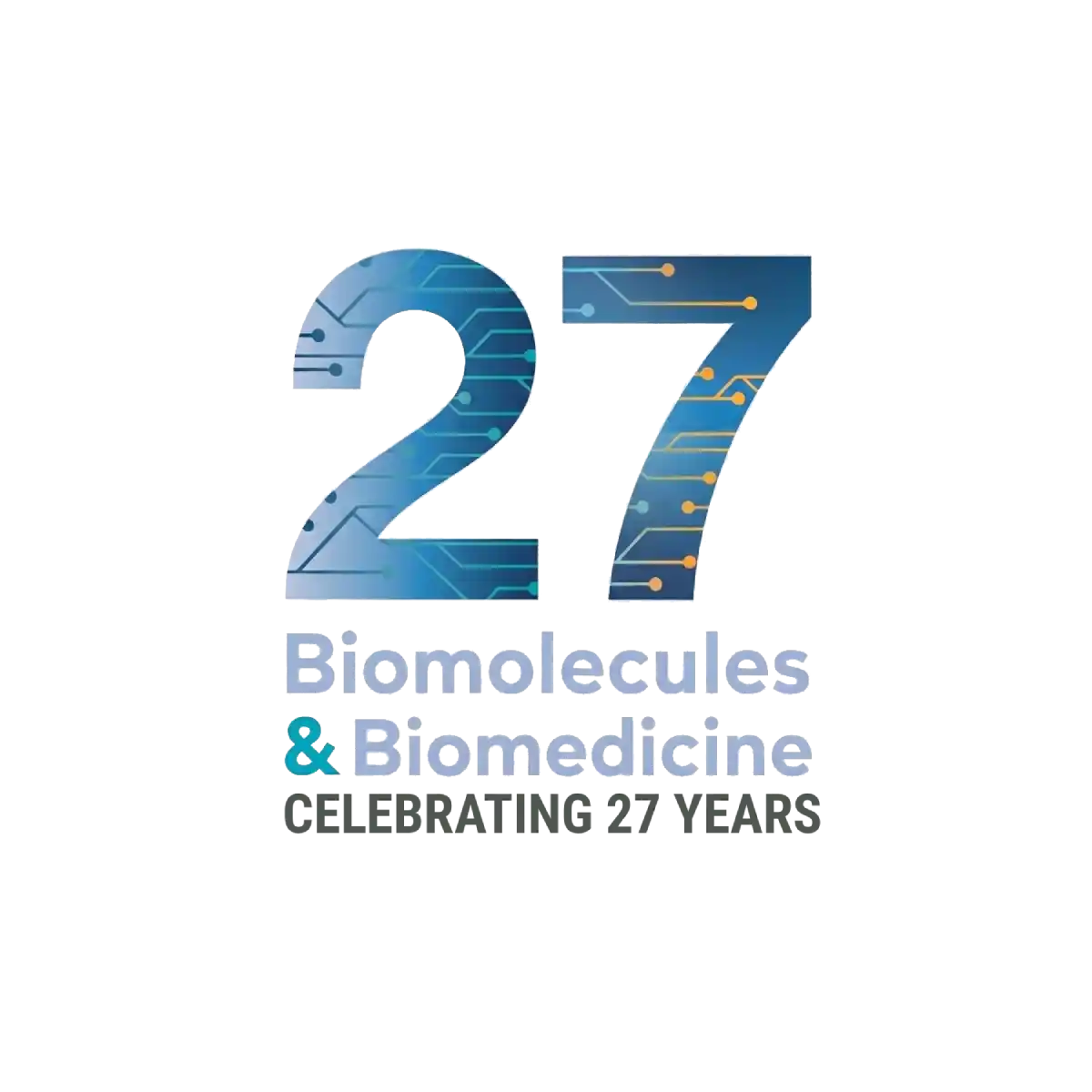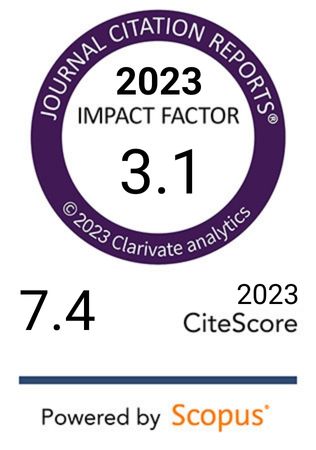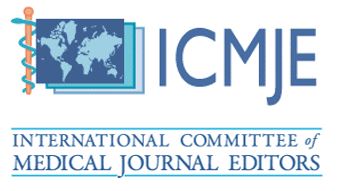Unraveling the proteomic signatures of coronary artery disease and hypercholesterolemia
DOI:
https://doi.org/10.17305/bb.2024.10111Keywords:
Proteomics, coronary artery disease (CAD), hypercholesterolemia (HC), biomarkers, atherosclerosisAbstract
Atherosclerosis, a leading cause of coronary artery disease (CAD), is heavily influenced by hypercholesterolemia (HC). Proteomics research has shown promise in identifying biological markers for CAD diagnosis and prognosis. This cross-sectional study aimed to identify novel biomarkers for detecting HC and CAD. Through the analysis of proteome data from healthy controls (n = 45) and patients diagnosed with HC (n = 51) or CAD (n = 32), distinct protein patterns associated with each condition were identified. Significant alterations in protein levels were identified with a false discovery rate (FDR)-corrected q-value of <0.05. Subsequent receiver operating characteristic (ROC) analysis, with an area under the curve (AUC) greater than 0.75, was conducted. CAD patients exhibited significantly increased levels of the cholesterol-metabolizing protein proprotein convertase subtilisin/kexin type 9 (PCSK9) and varied levels of the angiogenesis-related protein stromal-cell-derived factor-1 (SDF-1) compared to controls. In pairwise comparisons among the study groups, 65 proteins showed significant differential expression. Notably, 14 of these proteins had significant correlations with blood cholesterol levels. Additionally, 22 of the identified proteins were associated with CAD or HC pathways, with nine proteins being common to both conditions (APO E, APO E3, MMP-3, PCSK9, SDF-1, APO B, PAFAH, 60 kDa heat shock protein, and TGF-beta-activated kinase 1 and MAP3K7-binding protein 1 fusion). Nevertheless, this is an exploratory study, and validation studies are needed to confirm these potential protein biomarkers for CAD in the context of HC.
Citations
Downloads

Downloads
Additional Files
Published
Issue
Section
Categories
License
Copyright (c) 2024 Gulsen Guliz Anlar, Shona Pedersen, Sarah Al Ashmar, Hubert Krzyslak, Layla Kamareddine, Asad Zeidan

This work is licensed under a Creative Commons Attribution 4.0 International License.
How to Cite
Accepted 2024-02-10
Published 2024-10-24









